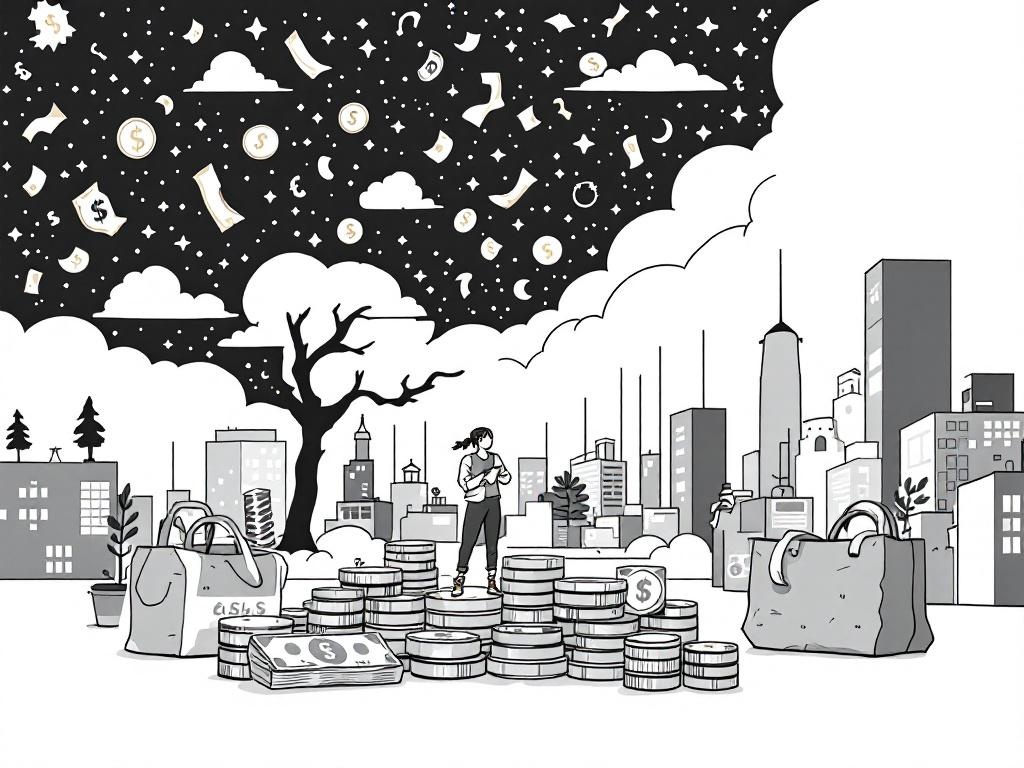Consumer Inflation Concerns Ease, Returning to Pre-Tariff Levels

Ann Arbor, Friday, 18 July 2025.
University of Michigan’s July survey shows inflation expectations have reverted to pre-tariff levels, despite cautious optimism. This shift could impact economic forecasts and planning for businesses and policymakers.
Survey Highlights Decline in Inflation Expectations
The University of Michigan’s latest survey reveals that inflation expectations have receded to levels not seen since before former President Trump’s tariff implementations. Specifically, the one-year inflation outlook dropped to 4.4% in July 2025 from 5% in June, marking a continued retreat from the 23-year high of 6.6% experienced in May 2025. Furthermore, the five-year outlook has decreased to 3.6% from the previous month’s forecast of 4%, signaling consumer optimism despite some lingering concerns about future inflationary pressures[1].
Economic Implications of Shifting Sentiments
The easing of inflation concerns is set against a backdrop of ongoing tariff negotiations and economic adjustments. Increasing confidence among consumers, as evidenced by the small rise in the University of Michigan consumer sentiment index, suggests that households are becoming less apprehensive about the impact of existing tariffs. This shift in sentiment holds significant ramifications for economic policymakers and businesses, as it could influence broader economic projections and strategic business decisions moving forward[2][3].
Impact on Economic Forecasting
With expectations that tariff-induced inflation pressures might only be temporary, businesses and economic analysts are recalibrating their forecasts to account for this improved sentiment. According to the July Beige Book from the Federal Reserve, many firms have been passing some portion of tariff-related costs onto consumers. This latest consumer sentiment data could signal a stabilization phase in pricing strategies across various sectors [2][4].
Looking Ahead: Navigating Tariff Challenges
While the immediate outlook seems cautiously optimistic, President Trump’s recent announcement of targeted tariffs on copper and other goods underscores the potential for renewed price pressures. However, as Jeffrey Roach, chief economist at LPL Financial, notes, ‘Despite risks of rising consumer inflation in the next few months, consumers have well-anchored expectations that tariff inflation will be temporary, and conditions should improve by the time we enter 2026’[1]. Both businesses and policymakers will likely focus on carefully navigating these evolving economic factors.